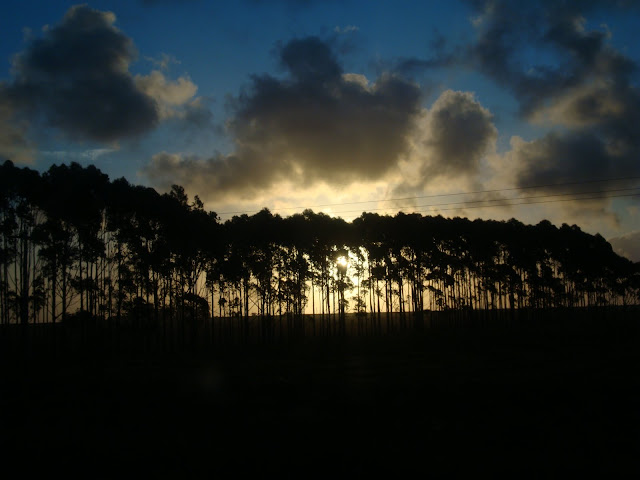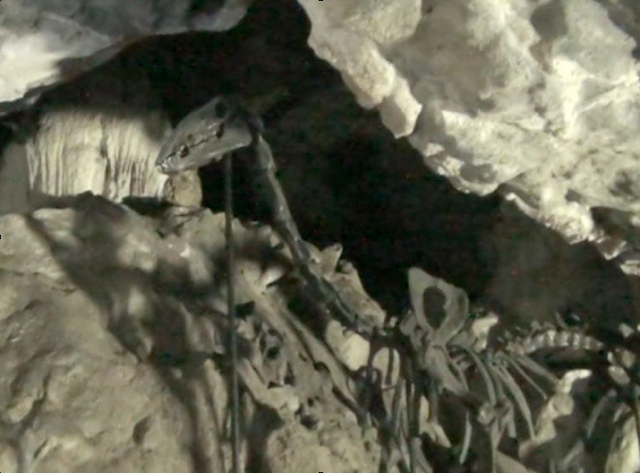The night before we left Punta del Diablo,
I was talking to the Californian marijuana entrepreneur. He asked where we were
headed and I told him we would check out La Paloma. His response: “Oh, the next
beach town over.” That pretty much sums it up: a forgotten alcove only
remembered during the short summer months.
In the end I suppose it was good that we saw La Paloma in the off-season
because rumor has it that this place is going to explode. Investors are buying
up large tracts of land all around town, hoping it will pay off in the near
future, when La Paloma turns into the next big beach resort. One day the
lighthouse could be simultaneously dwarfed by enormous hotels and blown up for
package holiday posters. And I’ll be able to tell my kids, “Oh, La Paloma?
Yeah, your mother and I were there back in 2010, before it was famous. It was
so small then. We felt invisible, two ghosts in a forgotten town; no one saw us
and we saw no one. Just like the lost souls of Lise Amelie, you could sink into
the sand and no one would know you had ever been.”
My alternate title to this post was “The
Ghosts of La Paloma,” because this place was practically deserted when we
passed through. Unfortunately, I don’t really have any ghost stories to tell so
I couldn’t really tie it all together. We saw no other tourists, no vacationers
and a lot of closed places. That may sound like a good thing, and to some
extent it was, but for a town that seems almost entirely based on tourism, it
felt a little weird. There were rows of holiday homes, hostels and hotels all
completely empty except for a few Uruguayan weekenders here and there. Lonely
dogs ruled the streets and followed us everywhere, them and bored small town
teenagers. (The teenagers didn’t follow us though. That would have made for a
much scarier stay.) The poor girl doing all the manual labour at our hotel
seemed like she hated her life.
So. La Paloma. It’s a relaxing place; I’ll
give it that. We spent three days or so, beach lounging and wandering through
the empty neighborhoods. The water was surprisingly warm so I spent a lot of
time jumping around in the waves like a little kid.
(Notice, I still have no tan.)
That white pole in the distance represents
the closest thing to a ghost story I could scrounge from this place.
Apparently, in the mid 19th century there were no lighthouses in this area but
there were an increasing number of ships full of immigrants heading for the
promise of Uruguay. In 1868, a ship, the Lise Amelie, loaded with Scots hit
some rocks on the coast and everyone on board drowned. The tragedy spurred
local authorities into action and they built a lighthouse with “six elegant and
spacious rooms, one specially designed for castaways.” Expecting castaways,
they obviously didn’t have much confidence in their lighthouse. That doubt
turned into cracks and those cracks turned into another tragedy as the
lighthouse came crashing down before it was fully built.
But, ever resilient, the locals persisted
and rebuilt it, and in 1878 the newspaper El Siglo published:
Survivor of several generations, many more
will continue seeing this sentry post, always here. Has anyone seen the death
of a lighthouse?
Indeed!









































